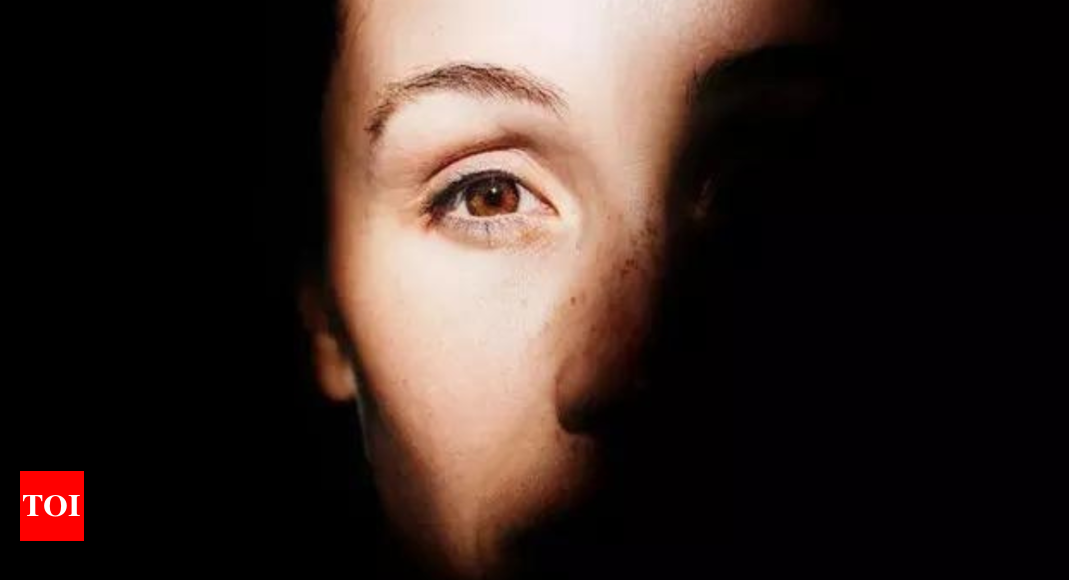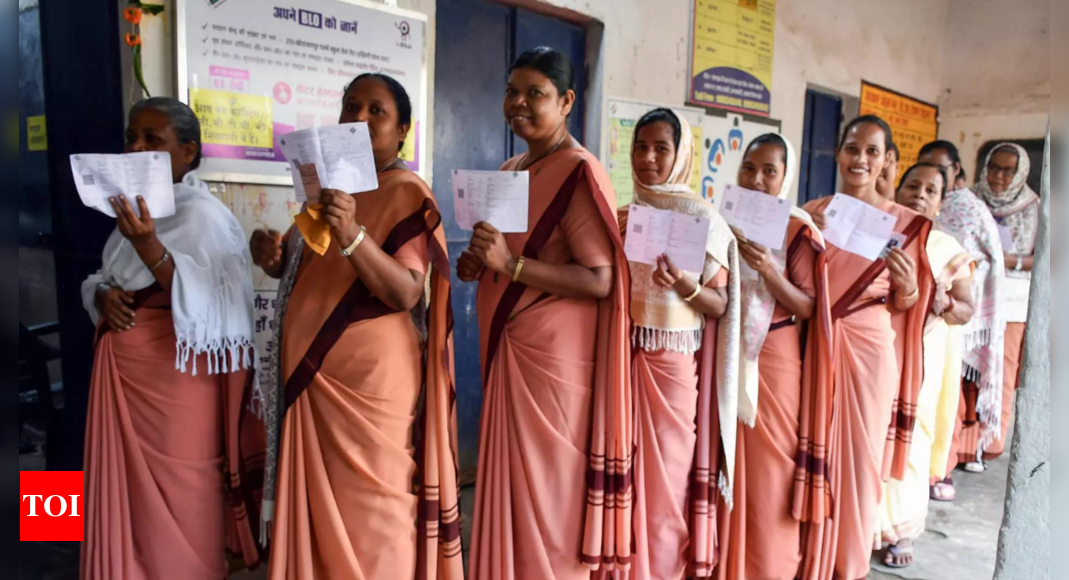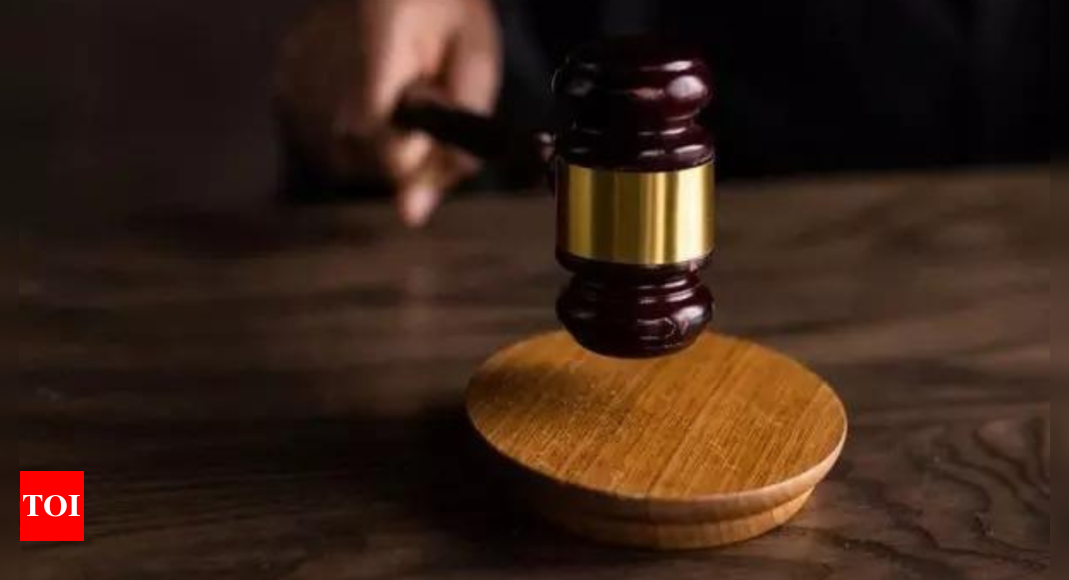
NEW DELHI: Soon, the list of patients waiting for cornea transplant in India will be available on a centralised platform. While waiting lists for organs such as heart, liver and kidney are available centrally, on website of National Organ and Tissue Transplant Organisation (NOTTO), no such list was available for cornea till date.
Recently, NOTTO director Dr Anil Kumar has written to all the states/UTs to issue a directive to registered hospitals and eye banks to share the data related to list of patients waiting for cornea transplant, number of cornea donation and transplantation, and number of cornea stored and utilised.
Cornea is the transparent tissue that covers the eye. It allows light to enter and performs two-thirds of the focusing tasks. For people suffering from vision loss due to irreparable damage of the tissue, transplant is the only option. It involves replacing a diseased or scarred cornea with cornea donated by a deceased person.
Dr Namrata Sharma, a professor of ophthalmology at AIIMS, who is also associated with Eye Bank Association of India, said India needs nearly two lakh corneas per year to treat patients suffering from blindness caused irreparable damage to the tissue.
“In 2023-24, only 49,315 corneas were collected of which 27,394 could be used for transplant,” Dr Sharma said, adding that availability of information related to cornea collection and utilisation would help policymakers to ensure optimum utilisation of tissues collected and equitable distribution as well.
The NOTTO has said that eye banks operating across the country should have a minimum 100 collections in a year or they could risk losing the licence to operate.
India has about 726 registered eye banks but, govt sources said, only about 200 are operational. “Many eye banks are opened for govt aid or as a prerequisite to start post-graduate courses in ophthalmology. But they aren’t maintained optimally,” said a source.
The latest directive by NOTTO, the nodal agency for allocation and distribution of organs and tissues in the country, states that state authorities should examine the data on eye/cornea collection annually by the registered eye banks and in case of less performance, they can consider issuing a warning notice to the eye bank for augmenting their eye donation activities. “… otherwise in case of under-performance their renewal may not be considered for the next term,” the order says.






